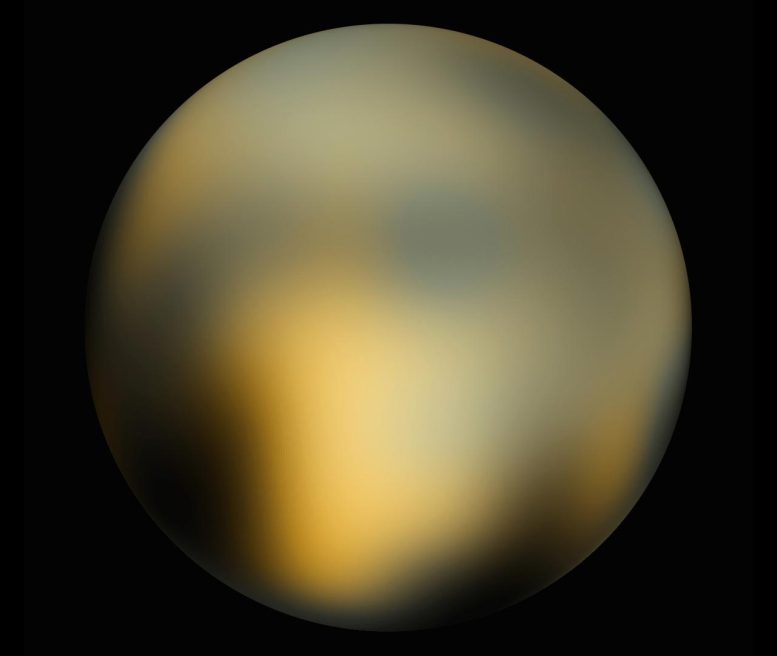
Pluto 180° Longitude. Pluto was reclassified from a planet to a dwarf planet in 2006. Credit: NASA, ESA and M. Buie (Southwest Research Institute)
What Is a Dwarf Planet?
A dwarf planet is a celestial body that is in orbit around the Sun and has enough mass to be nearly spherical in shape.
A dwarf planet is a celestial body that only meets two out of the three official criteria to be considered a planet. These requirements were decided upon by the International Astronomical Union (IAU) in August 2006. To begin, for a celestial body to be classified as a dwarf planet, it has to orbit our Sun, which obviously means it must exist within our Solar System. Second, it must have enough mass that it has formed into a roughly spherical shape under its own gravity (in contrast to, for example, asteroids, which have irregular shapes). However, unlike a planet, a dwarf planet does not have enough gravitational pull to have cleared its neighborhood of any other celestial objects of significant mass (except for any of its satellites, such as a moon).
Pluto was reclassified from a planet to a dwarf planet in 2006 because it is not gravitationally dominant in its neighborhood. Pluto does, however, have the distinction of being the first-ever recognized dwarf planet. There are currently five known celestial bodies in our Solar System that qualify as dwarf planets: Pluto, Eris, Ceres, Makemake, and Haumea.
A dwarf planet is a celestial body that is in orbit around the Sun and has enough mass to be roughly round in shape. Credit: NASA & ESA
Hubble has supported the study of various dwarf planets and their moons. For example, the telescope has helped to enhance our understanding of the Pluto system; Hubble observations in 2006 uncovered two small moons orbiting Pluto, Nix and Hydra, followed by the discoveries of two more moons in 2011 (Kerberos) and 2012 (Styx). In 2015, scientists gathered all available Hubble data on the four outer moons of Pluto to analyze the system in more depth than ever before. You can learn more about Hubble’s study of the Pluto system in this Hubblecast video.
In 2016, Hubble captured an image of the dwarf planet Eris and its satellite Dysnomia. Eris is the most massive and second-largest known dwarf planet in the Solar System. Also in 2016, Hubble revealed the first moon ever discovered around the dwarf planet Makemake.

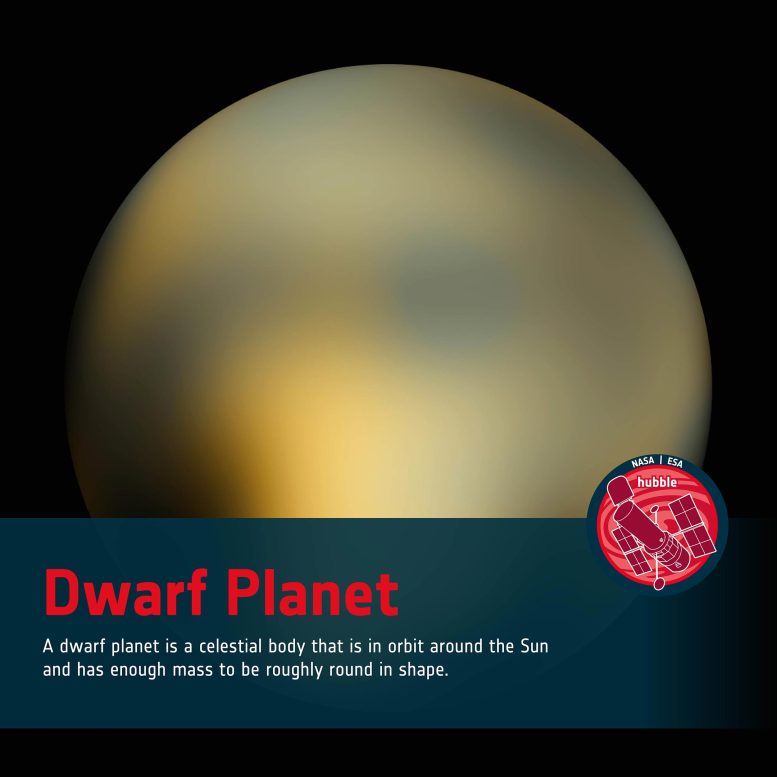

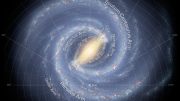

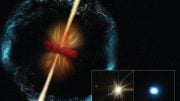

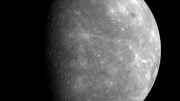
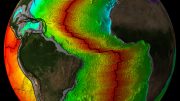

Be the first to comment on "Astronomy & Astrophysics 101: Dwarf Planet"